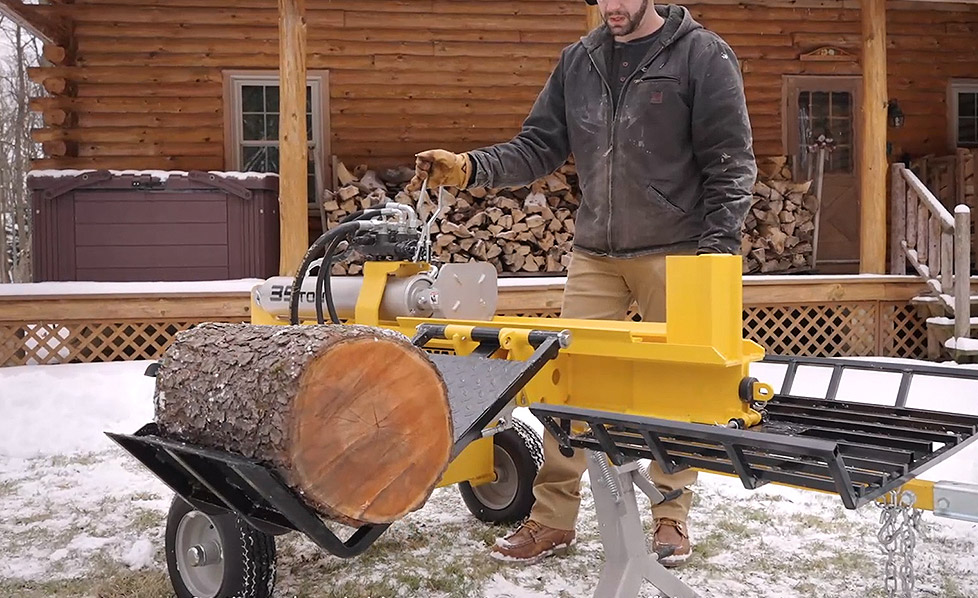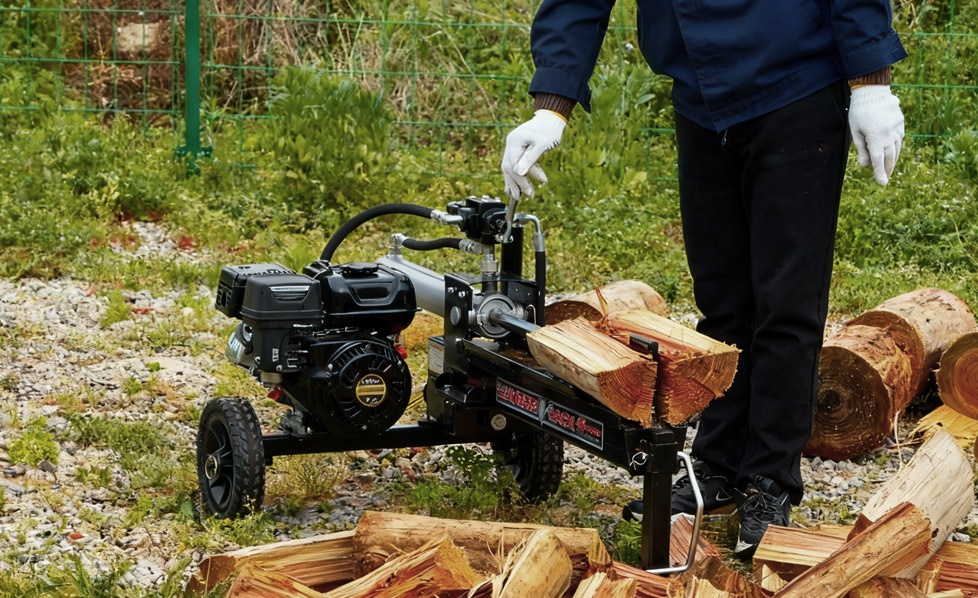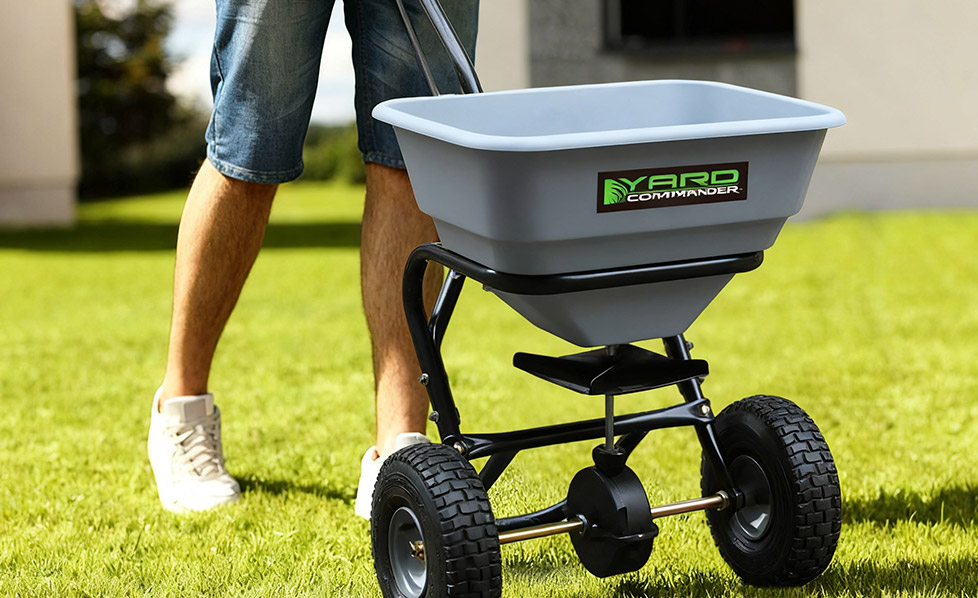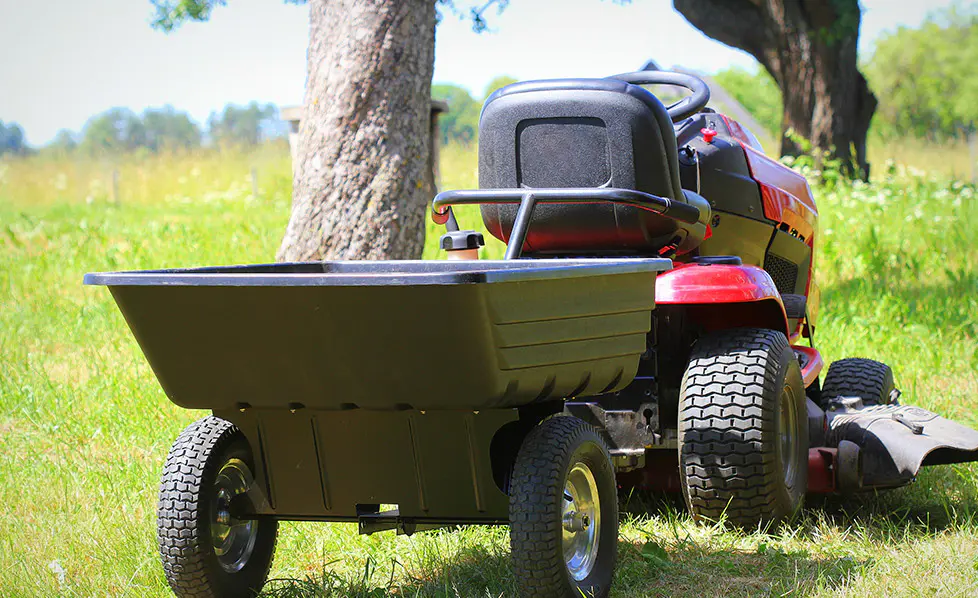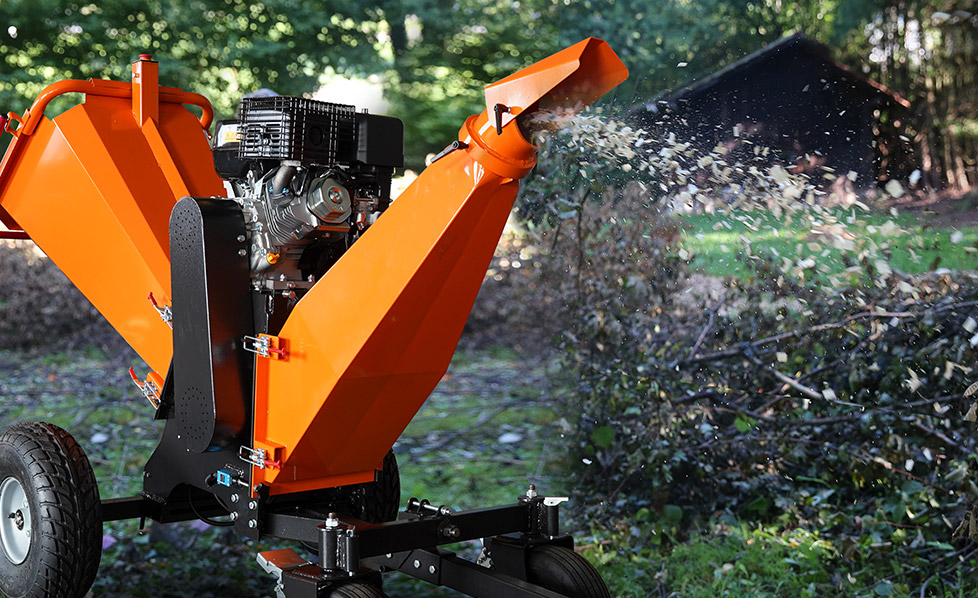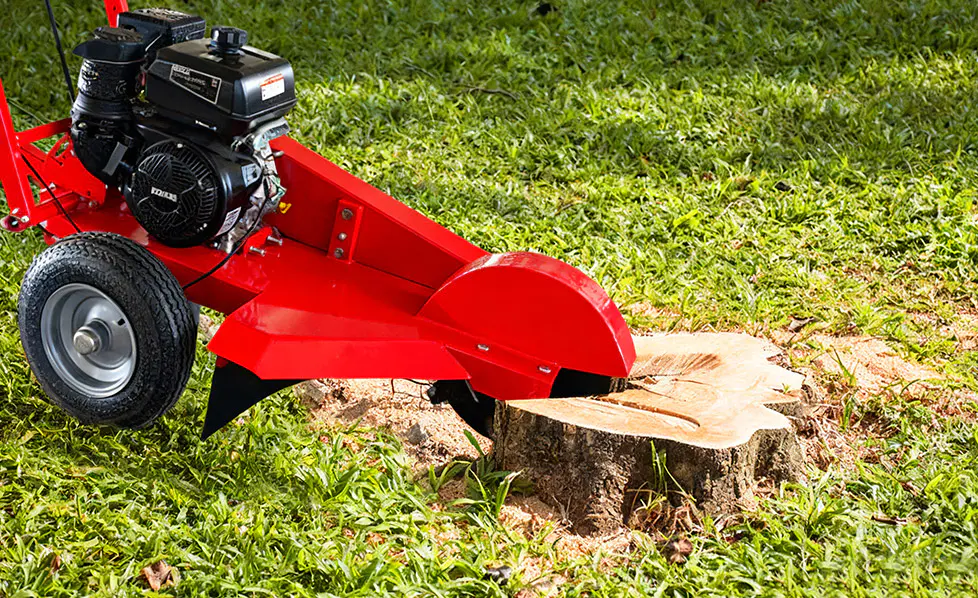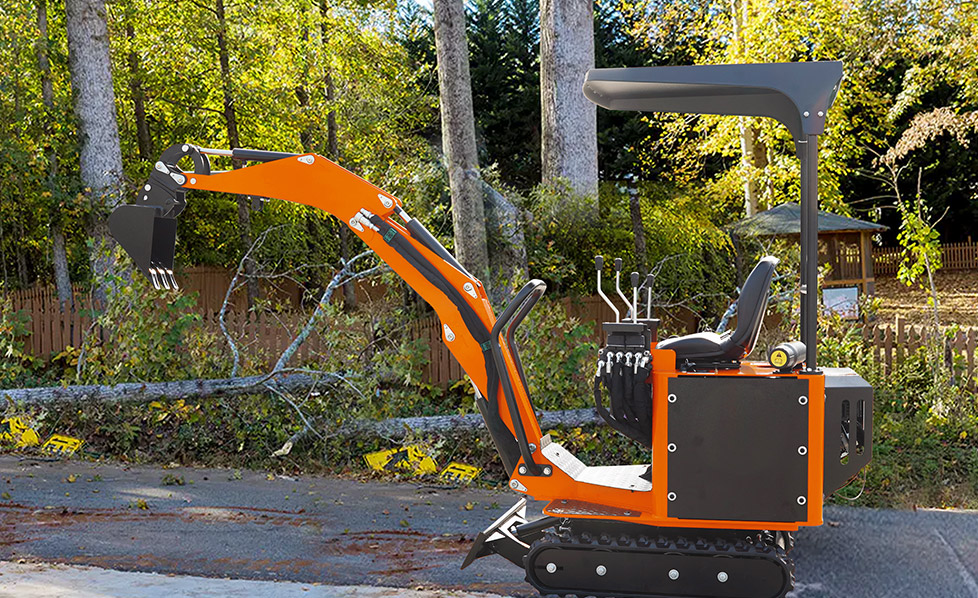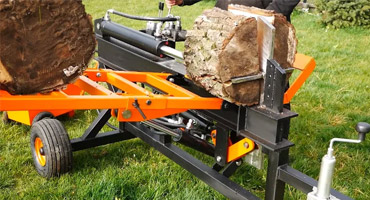 LANGUAGE
LANGUAGE


Web Menu
Product Search
Language
Exit Menu
Industry News
Our Footprints Are Around The World
We provide quality products and services to customers from all over the world.
We provide quality products and services to customers from all over the world.
Search
Categories
How to Choose a Log Splitter
How to Choose a Log Splitter
If you're looking for a Log Splitter, you've come to the right place. You can now split logs from trees with ease with one of these high-end machines. A good machine can split a log in half in a matter of seconds. Unlike an axe, which can wear you out in no time, a Log Splitter is highly efficient and can split a log in two directions with ease.
There are two types of log splitters: auger and gas. An auger type has a rotating screw head and is very effective. Unlike the electric model, an auger-style log splitter requires regular maintenance. Electric models require regular maintenance and lubrication of the moving parts, while gas-powered models require regular replacement of belts and other parts. The manual log splitter is also less expensive than its electric counterparts.
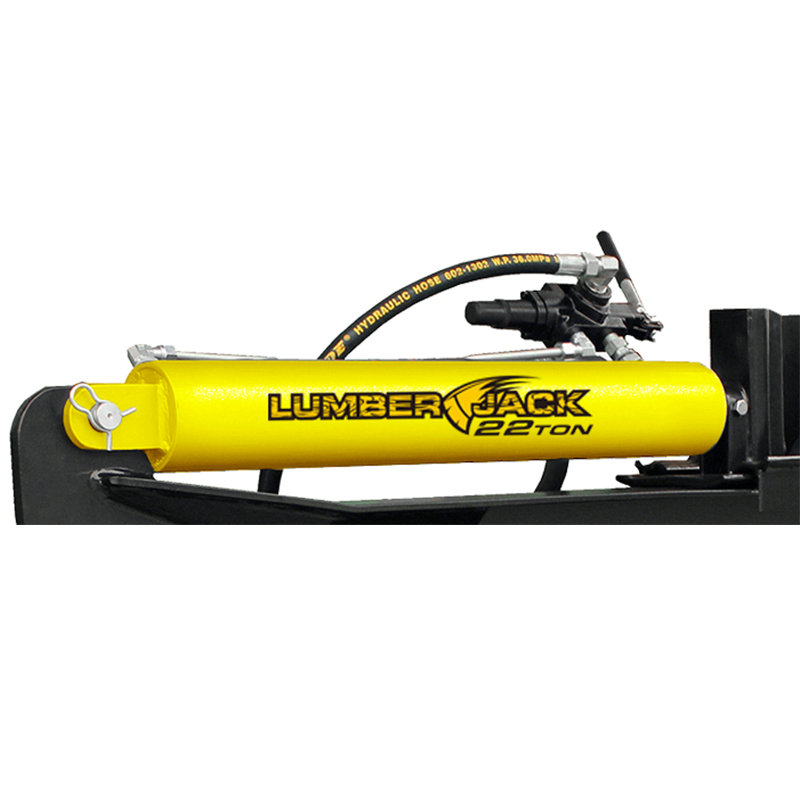
Both electric and gas-powered log splitters are safe to operate with household current, but you'll need an outdoor power source to run an electric model. Fortunately, most electric splitters have a grounding feature to prevent overheating. While an electric log splitter is not as powerful as a gas-powered unit, it's capable of handling 20-inch logs. In addition, you can use an electric log splitter indoors if you want to reduce noise pollution in your home.
Cnsuperpower Electric horizontal log splitters are the cheapest and easiest to operate. They're great for home use and light commercial work. They lift up from floor level and don't require you to bend down or use a ladder. Many of these units come with safety features, such as a two-handed operation. You can even choose one with wheels for easy transport. A tow behind log splitter features large wheels with rugged all-terrain tyres.
There are two types of gas log splitters. A gas log splitter is portable and powerful and is more expensive. Its largest splitting capacity is 18-26 inches, and it's easy to tow. However, gas log splitters give off fumes, so make sure you use them in a well-ventilated area. This is a great option if you need to split logs in a hurry. However, make sure you have enough space to store the logs in a secure place.
Electric log splitters are great for smaller volumes. These splitters can handle logs of up to ten inches in diameter, but they're slower than gas-powered machines. Manual models rely on your strength and can only handle smaller logs. They can handle larger diameter logs, but may not be as efficient for logs with branching grain, knots, or junctions. If you're looking for a log splitter for heavy duty tasks, you'll want to choose a gas powered log splitter.
Purchasing a Log Splitter can be a great investment, as it will save you time and money when splitting logs. Logs are an inexpensive way to add to your camping budget, and a Log Splitter will make splitting trees much easier. You can also get a smaller one if you're not as ambitious. There are models with smaller capacity, but most will be able to handle large pieces of wood. So, choose wisely.
There are many types of log splitters. Choose one that works best for your needs. The power source and features of each machine should match your logs and your home. Moreover, consider the size of the logs and your own strength. The bigger your logs are, the more powerful the log splitter will be. Make sure to choose the right tool for the job. Make sure you get the right size, because an oversized machine can be inconvenient and frustrating. A good log splitter will save you time, money, and stress.
An electric Log Splitter is a good choice for beginners. It weighs less than 15 cubic feet and has a dependable auto-return valve. The hydraulic pump adjusts the pressure and flow of the wood splitter to maximize efficiency. An electric Log Splitter requires less storage space and can fit in any truck bed. Unlike a gasoline-powered log splitter, it does not produce any emissions and is safe to use indoors.
When choosing a Log Splitter, consider the size of the logs you plan to split. A six-inch log requires four to five tons of driving force, while a twelve-inch log may require up to ten tons. A twenty-inch log will require at least 20 tons of pressure, and a twenty-four-inch log could require more than thirty tons. If you have an 18-inch log, be sure to choose a log splitter with a wide jaw.
Interested in cooperation or have questions?
FOR PURCHASE INQUIRIES
CONTACT US
BECOME AN AGENT
CONTACT US
PRODUCT
NEWS
CONTACT US
- No. 158 Songhai Road, Huimin Town, Jiashan City, Zhejiang Province P.R. China
-
Tel:
0086 573 8464 3695
0086 573 8464 7353
- E-mail: [email protected]
MOBILE

 English
English